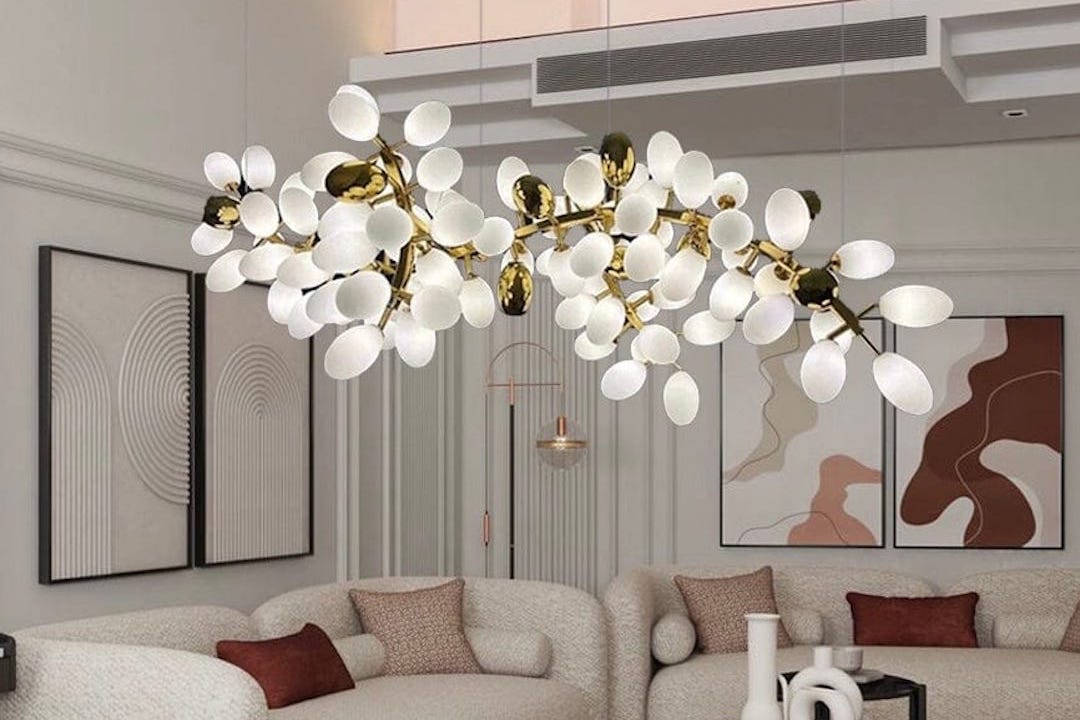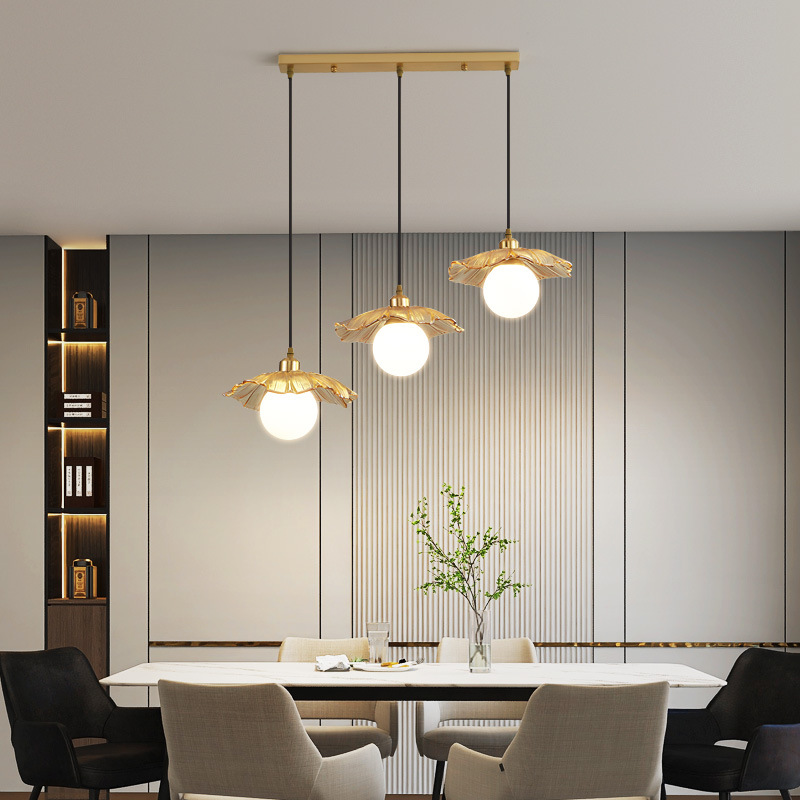Lighting plays a pivotal role in shaping the mood and atmosphere of any space. It is not merely a functional element; rather, it serves as a powerful tool that can evoke emotions, influence behavior, and alter perceptions. For instance, warm lighting, often characterized by a yellow or soft orange hue, can create a cozy and inviting environment, making it ideal for living rooms and dining areas where relaxation and social interaction are encouraged.
Conversely, cooler lighting with bluish tones can foster alertness and concentration, making it suitable for workspaces or study areas. The psychological effects of lighting are profound; studies have shown that environments illuminated with softer, warmer lights can reduce stress levels and promote feelings of comfort and safety. Moreover, the intensity of light can also significantly affect mood.
Bright, well-lit spaces can energize individuals, enhancing productivity and focus, while dimly lit areas can promote calmness and introspection. The strategic use of lighting can transform a space from mundane to extraordinary, influencing how individuals experience their surroundings. For example, a restaurant may use dim lighting to create an intimate dining experience, while a retail store might opt for bright, vibrant lighting to attract customers and encourage purchases.
The interplay between light and shadow can also add depth and dimension to a room, further enhancing its overall atmosphere.
Types of Lighting and Their Functions in Interior Design
Ambient Lighting: Setting the Tone
Ambient lighting serves as the foundational layer of illumination in a space. It provides overall brightness and ensures that the area is adequately lit for general activities. Common sources of ambient lighting include ceiling-mounted fixtures, chandeliers, and wall sconces. This type of lighting is essential for creating a comfortable environment where occupants can navigate safely without straining their eyes.
Task Lighting: Functionality and Focus
Task lighting, on the other hand, is designed to illuminate specific areas where activities such as reading, cooking, or working take place. This type of lighting is typically more focused and brighter than ambient lighting. Examples include desk lamps, under-cabinet lights in kitchens, and bedside reading lamps. Task lighting not only enhances functionality but also helps to reduce eye strain by providing adequate illumination for detailed tasks.
Accent Lighting: Adding Visual Interest
Accent lighting serves to highlight particular features within a room, such as artwork, architectural details, or decorative elements. This type of lighting Buroki adds visual interest and depth to a space by drawing attention to focal points. Track lighting, wall-mounted picture lights, and recessed spotlights are common examples of accent lighting. By strategically placing accent lights, designers can create dramatic effects that enhance the overall design narrative of a room.
The Importance of Natural Light in Interior Spaces
Natural light is often regarded as one of the most desirable elements in interior design due to its numerous benefits. Exposure to natural light has been linked to improved mood, increased productivity, and enhanced well-being. Sunlight not only illuminates spaces but also brings warmth and vitality into them.
It has been shown that environments flooded with natural light can reduce feelings of fatigue and depression, making them more conducive to both work and relaxation. Incorporating large windows, skylights, or glass doors into a design can maximize the influx of natural light. These architectural features not only brighten interiors but also create a seamless connection between indoor and outdoor spaces.
For instance, a living room with expansive windows overlooking a garden can provide breathtaking views while allowing sunlight to fill the room throughout the day. Additionally, the use of reflective surfaces such as mirrors or light-colored walls can amplify the effects of natural light by bouncing it around the space. Furthermore, the orientation of a building plays a crucial role in determining how much natural light enters a space.
South-facing windows typically receive more sunlight throughout the day compared to north-facing ones. Designers often consider these factors when planning layouts to ensure that occupants benefit from optimal natural light exposure. The integration of natural light not only enhances aesthetic appeal but also contributes to energy efficiency by reducing reliance on artificial lighting during daylight hours.
How to Use Lighting to Highlight Architectural Features and Artwork
Lighting can be an effective means of showcasing architectural features and artwork within a space. By employing various techniques and fixtures, designers can create visual drama that accentuates these elements. For instance, wall-mounted sconces can be used to illuminate textured walls or unique architectural details such as moldings or arches.
This technique not only highlights these features but also adds depth to the overall design. When it comes to artwork, proper lighting is essential for ensuring that pieces are displayed in their best light—literally. Track lighting or adjustable spotlights can be directed toward paintings or sculptures to create focal points within a room.
The angle and intensity of the light can dramatically alter how colors are perceived and how textures are revealed. For example, a painting illuminated from above may cast shadows that enhance its three-dimensional qualities, while side lighting can bring out intricate details that might otherwise go unnoticed. In addition to highlighting individual pieces, cohesive lighting strategies can create an overall gallery-like atmosphere within a home or commercial space.
By using consistent fixtures and color temperatures throughout an area, designers can establish a unified aesthetic that enhances the viewing experience. This approach not only elevates the importance of the artwork but also contributes to the overall ambiance of the environment.
The Role of Task Lighting in Creating Functional and Productive Spaces
Task lighting is crucial in creating functional spaces that cater to specific activities requiring focused illumination. In home offices, for example, desk lamps with adjustable brightness levels allow individuals to customize their lighting according to their needs—whether they are reading documents or working on intricate projects. This adaptability is essential for maintaining productivity and comfort during extended periods of work.
In kitchens, task lighting plays an equally important role by illuminating work surfaces where food preparation occurs. Under-cabinet lights provide direct illumination on countertops while minimizing shadows that could hinder visibility during cooking tasks. Pendant lights above kitchen islands not only serve as decorative elements but also offer targeted light for meal preparation or casual dining.
Moreover, in educational settings such as classrooms or libraries, task lighting is vital for creating conducive learning environments. Adjustable desk lamps at study stations allow students to focus on their work without distractions from surrounding areas. By ensuring that each task area is well-lit, designers can enhance functionality while promoting engagement and concentration among users.
Using Lighting to Define Zones and Create Visual Interest
Lighting can be employed strategically to define different zones within an open-concept space or large room. By varying the intensity and type of lighting in different areas, designers can create distinct atmospheres that cater to various activities without the need for physical barriers. For instance, in a combined living and dining area, pendant lights over the dining table can delineate that space while providing focused illumination for meals.
In addition to defining zones, layered lighting techniques can add visual interest throughout a room. Combining ambient, task, and accent lighting allows for dynamic interactions between different light sources. For example, using floor lamps in seating areas alongside recessed ceiling lights creates a warm ambiance while providing adequate illumination for reading or socializing.
Furthermore, incorporating colored or decorative light fixtures can introduce unique visual elements that enhance the overall design narrative. A statement chandelier in an entryway not only serves as ambient lighting but also acts as an artistic focal point that sets the tone for the rest of the home. By thoughtfully considering how lighting interacts with spatial organization and design elements, designers can create engaging environments that invite exploration.
The Influence of Lighting on Color and Texture in Interior Design
Lighting has a profound impact on how colors and textures are perceived within interior spaces. Different types of light sources emit varying color temperatures that can alter the appearance of paint colors or materials used in furnishings and decor. For instance, warm incandescent bulbs tend to enhance earthy tones like reds and browns while making cooler colors appear muted or less vibrant.
Natural light also plays a significant role in color perception; it changes throughout the day as sunlight shifts from warm morning hues to cooler afternoon tones. Designers often take this into account when selecting color palettes for interiors—choosing shades that will harmonize with the changing quality of light over time. A room painted in soft blues may appear serene during daylight hours but take on a different character under artificial lighting at night.
Texture is similarly influenced by lighting conditions; shadows created by light sources can emphasize surface details such as fabric weaves or wood grains. For example, directional spotlights can highlight the texture of a stone wall or an intricately woven textile by casting shadows that reveal depth and dimension. By understanding how different lighting conditions affect color and texture perception, designers can make informed choices that enhance the overall aesthetic appeal of their spaces.
Incorporating Energy-Efficient and Sustainable Lighting Solutions
As awareness of environmental issues grows, incorporating energy-efficient and sustainable lighting solutions has become increasingly important in interior design. LED (light-emitting diode) technology has emerged as one of the most effective options due to its longevity and low energy consumption compared to traditional incandescent bulbs. LEDs consume up to 80% less energy while providing comparable brightness levels, making them an ideal choice for both residential and commercial applications.
In addition to energy efficiency, sustainable lighting solutions often prioritize materials that have minimal environmental impact during production and disposal processes. Many manufacturers now offer fixtures made from recycled materials or those designed for easy disassembly at the end of their life cycle—allowing components to be reused or recycled rather than ending up in landfills. Smart lighting systems further enhance sustainability efforts by allowing users to control their lighting based on occupancy or time of day.
These systems enable automatic dimming or turning off lights when spaces are unoccupied, significantly reducing energy waste. Integrating such technology into interior design not only promotes environmental responsibility but also enhances user convenience by providing customizable control over their living environments. By embracing energy-efficient practices in lighting design, professionals contribute positively toward sustainability goals while creating beautiful spaces that meet modern needs without compromising on style or functionality.



